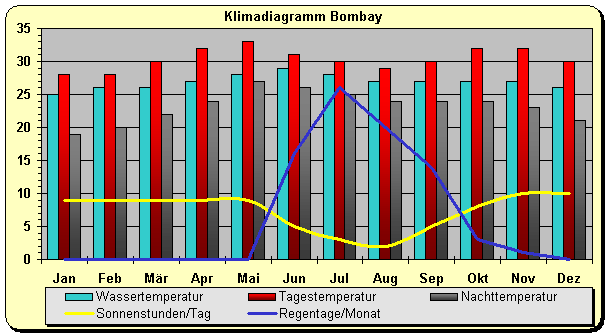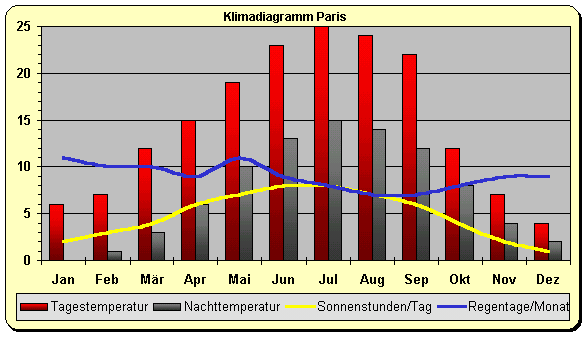Let's see what remains after disposing repetitions of old lies. Yes, this time I have disposed these line sentence by sentence, whenever I have found not only a lie, but a repetition of a lie which I have already corrected, some of them many times. The result is this:
(nobody but the US fascist media feed is going to pat them on the head and make them feel smart for believing monsoons illustrate the "volatility" expected from AGW, for example).
As usual, nothing but the claim that I'm wrong, that's all. Not any attempt to explain what is wrong. Iceaura style criticism.
Whatever, I can use this to give some information about volatility. Volatility is a pure numerical characterization of the expected variability over some period, which has to be specified. We have to care about the variability, given that the infrastructure has to be able to handle the extremes, it would be obviously not sufficient to have infrastructure which works fine only with the average. The variables considered, as well as the time periods considered, are those which are relevant for the infrastructure in question. For the crops in a particular garden, a very heavy rain over an hour may be much worse than the same amount of water distributed over the whole day, but for the water level in a large river, a very heavy rain taken alone is not dangerous at all, large averages over a week or so are more dangerous. The period considered also depends on what is relevant: For most things, a year is a reasonable choice, it is clear that the infrastructure has to survive winter as well as summer. For some climate change considerations, much longer periods may be relevant. Once I care about the infrastructure which is required, to consider the period of one year is not unreasonable, and if what is considered is the average over a hour, a day, or a week does not really matter for the result. I will use here months simply because it is easy to get the relevant data.
In the tropical area, we have usually a time when we have no rain at all, several months, so the lower bound is nothing. And we have another time, also several months, when it is raining almost every day (blue line for rainy days per month):
We have to compare this with the typical European climate. In this climate, there are no such periods completely without rain, in principle it can rain every day, and the differences between the different months are not that great:
So, the volatility of "rainy days per month" is much greater in Bombay than in Paris.
Let's note that volatility is something different from predictability. Alarmists like to present high volatility as meaning the weather would be unpredictable. That's natural, unpredictability gives quite horrible feelings, which is what alarmists want to create. But volatility is simply a characteristic of a given curve which can be computed automatically. It depends on the curve. If the curve can be predicted or not does not change anything in the volatility. So, if tomorrow some genius finds a formula which allows to compute all those observed curves accurately, the volatility would not change even a little bit.
And this is essentially a necessity. Given that one cannot predict what will be predictable by scientists in 100 years, it would be impossible to make predictions for volatility during a climate change if it would somehow depend on predictability. But predictions about an increase of volatility don't have to care at all about predictability. Of course, both are not completely unrelated - if something is considered to be unpredictable from the start, then it is volatility which defines the related risks.
But don't forget the "if" here. The weather in the tropics may be much more predictable than in Europe. But the volatility of the rainfall will be nonetheless higher in the tropics.


